Hi there! GX here.
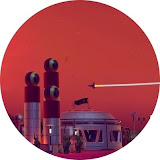
I’ve been captivated by No Man’s Sky since the hype started building around 2015, but my actual journey with the game (and the obsession, I guess 😉 began in early 2017 – so by the time Foundation update was out. I still remember seeing the pre-release visuals and thinking, “Whoa, I need to play this game”. At the time, I didn’t have any console or gaming PC, so I went out and bought a second-hand PS4 just for this.
How did it start for me
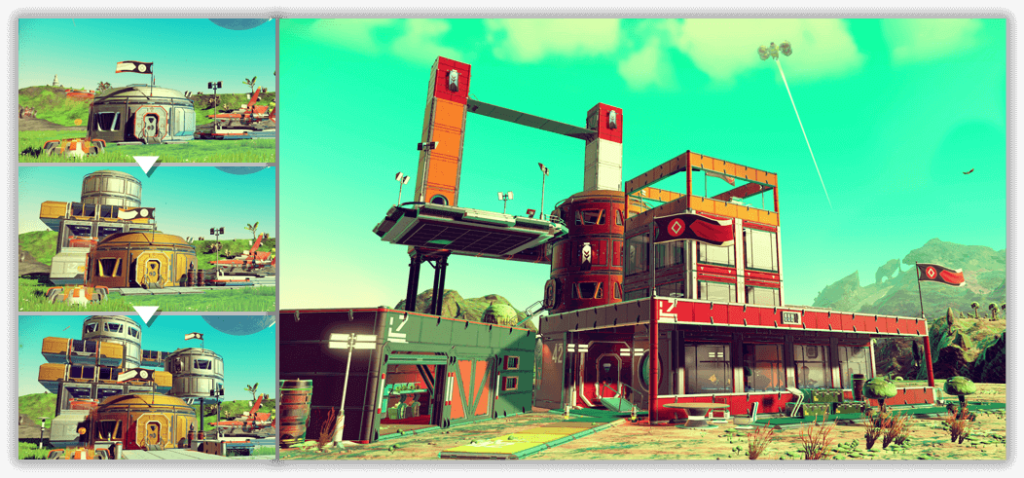
I didn’t get the game at launch and didn’t really pay much attention to the negative feedback that followed. In my opinion, if you weren’t completely swept away by the marketing talk, you could figure out what the game was actually about. Personally, I like to wait and give game reviewers a chance to fully play and review before I buy anything. I’m not saying it was perfect on release – on the contrary, up until perhaps version 1.3 it had a kinda Playable Beta feel to it ;-). Anyway, my unsolicited advice is: just do your research first, unless you’re in it for the rant, which is fair enough 😉
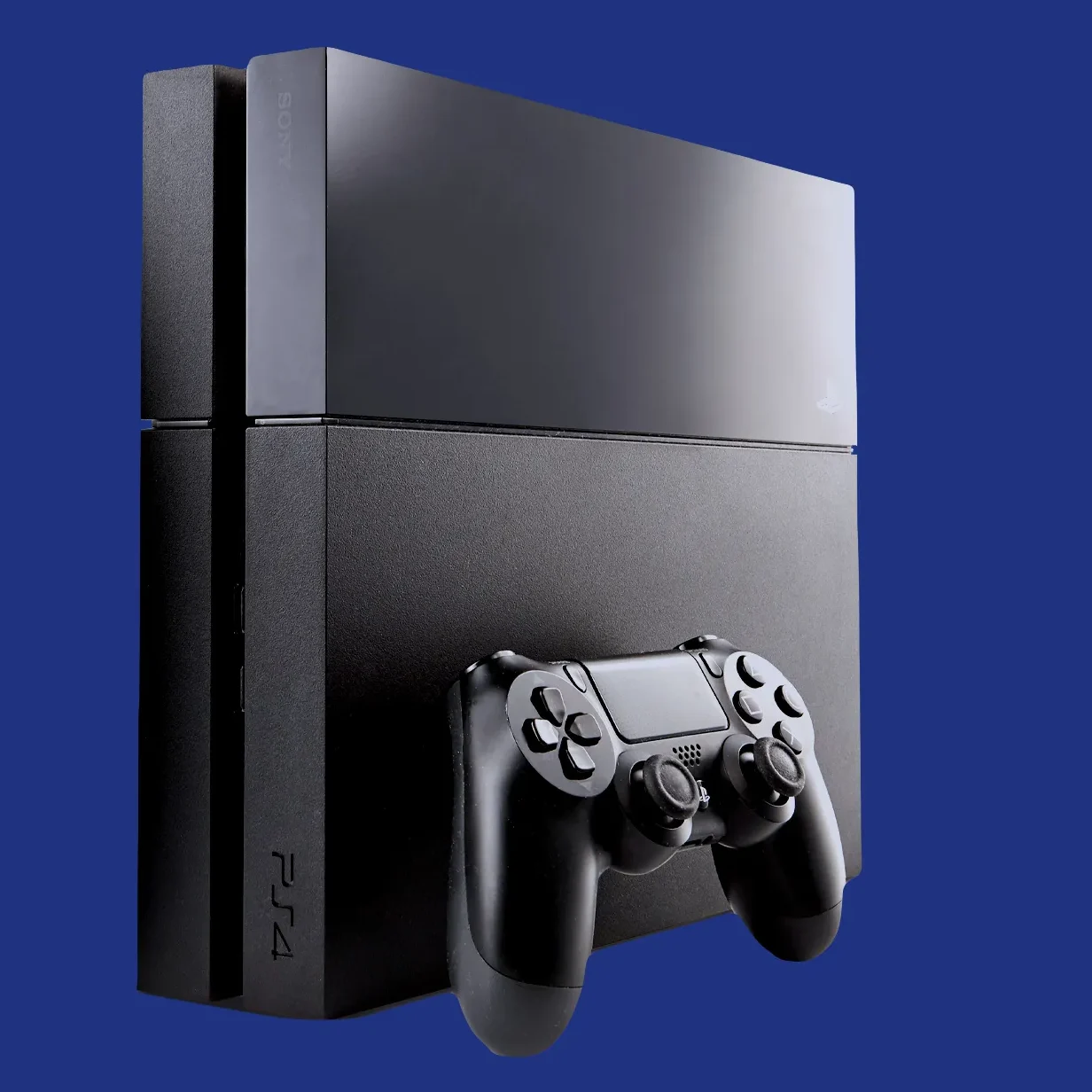
I ended up buying my PS4 in early 2017, so my first experience with the game was with the Foundation update, which already had base-building elements. At first, I was a bit concerned about this feature. I remember watching YouTubers building bases and thinking it looked more like AutoCAD than a game! But, despite my initial doubts, I ended up loving it, and I’ve completed several bases that you can see on my YouTube channel.
When the game updates got in the way of good fun
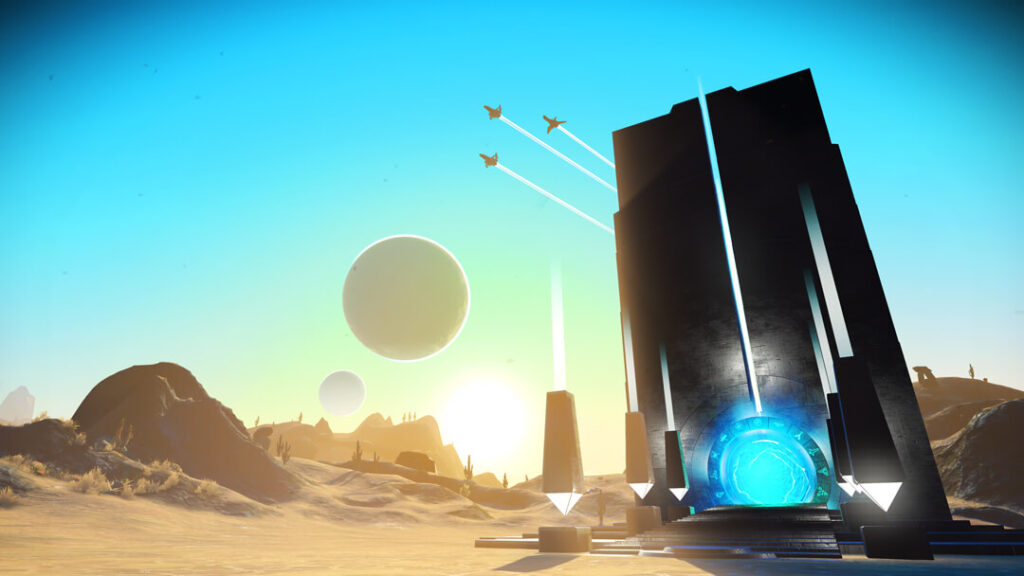
I played actively until the Atlas Rises update, which, in my opinion, despite adding a lot of cool stuff I really enjoyed, unfortunately also started the trend of ruining a lot of good experience that I used to love & enjoy. Notably it made one of my favourite bases unplayable (buried underground) as many other ‘Interlopers’, which wasn’t nice at all. I played the few updates after AR, possibly up until NEXT. Eventually discovered that there’s a community of players who still enjoy the old versions of the game. I think even Hello Games tweeted about it at some point, and that inspired me to try it myself.
Back to classic
Since I’m on PS4 and have the original disc, it was relatively easy to reinstall Version 1.0 and prevent it from updating. Honestly, I think it’s the best gameplay experience of them all. Sure, it’s buggy and crashes sometimes, but if you know what you’re doing, it’s a gem. The progression is simple—there’s no grind, and it’s easy to get better ships and multitool. Backpack upgrades are free (or cheap), and I actually love that you need to find save points, not just save whenever you want. The terrain is always interesting, even with the limited colour palette, and best of all – no angry sentinels that can pretty much ruin a good planet!
More recently, I wanted to revisit the Foundation update, which I started with, but the UK/Europe patch link had been long gone. Fortunately, someone saved the US link. In 2022, I finally got myself a US copy of the game on DVD, and now I can enjoy Foundation again.
After all these years, I still find myself coming back to No Man’s Sky from time to time, and I often stream my gameplay on YouTube.
If you’re after a relaxing, simple, and imaginative gaming experience, I highly recommend giving a legacy No Man’s Sky a go.
Playing the classic versions of No Man’s Sky has become my go-to way to unwind and relax. There’s something incredibly soothing about exploring these early game worlds – the simplicity, the slower pace, and the nostalgic visuals really help me switch off and clear my mind. It’s a peaceful escape that not only eases stress but also helps me sleep better, which has been a nice bonus!
Which version then?
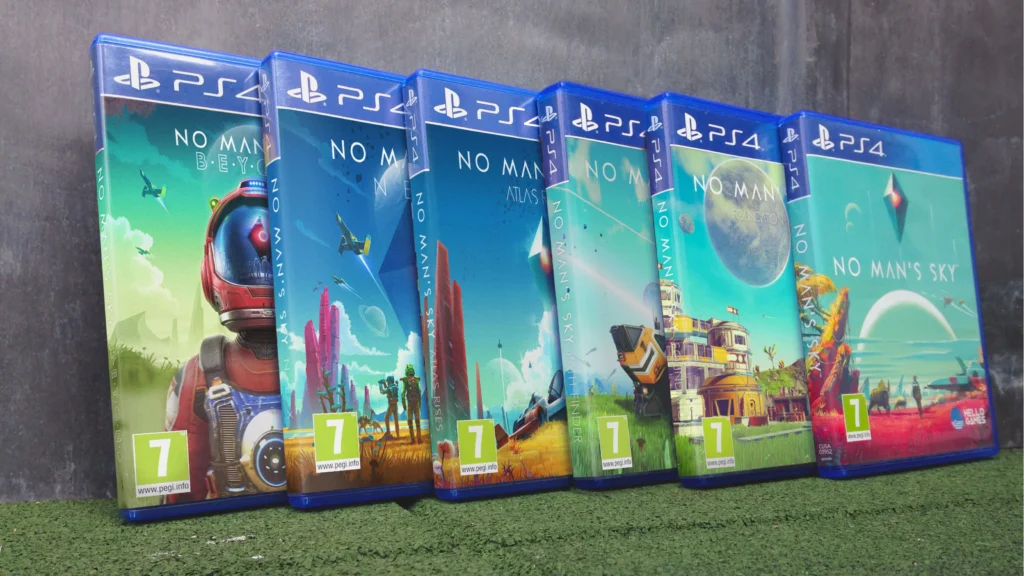
While I still believe that Version 1.0 aka Vanilla offers the best streamlined gameplay—despite its crashes and lack of features—I’d actually recommend starting with the Foundation update. It strikes a good balance between gameplay, visuals, and features. The planets might be a bit hit or miss, but when you get a good one, it’s pretty stunning. Plus, it has more features compared to 1.0, and although it can feel a little grindy, especially when you’re working towards buying a freighter and setting up farms, the overall experience feels more complete. It is ‘more engaging’ comparing to 1.0 can keep you hooked for long time.
I also suggest giving the Pathfinder update a try. The introduction of vehicles, while mudding-up the storyline a bit, really add a new dimension, allowing you to build dirt tracks and perform cool stunts, which is a lot of fun. In terms of visuals, Pathfinder probably has some of the best-looking planets you’ll come across, though I do have a few gripes with the interior graphics.
Atlas Rises was probably the biggest single update since the game’s launch, as it introduced a range of new features, including portals (allowing travel anywhere in the galaxy), crashed freighters to explore, a sick new squid ship, an enhanced photo mode, the ability to ‘interact’ with other players, some story expansion, and additional building pieces. I wasn’t a fan of the UI changes—particularly the bright ball in the centre of the cockpit, which made it harder to see the universe—and other changes that cluttered the game. This update also marked the first time the additional art didn’t feel cohesive; it seemed as though they either hired freelancers or changed the art director. Some of the new artwork, including certain ships, felt like it belonged in an entirely different game.
For me Atlas Rises marks the last decent version I enjoyed extensively, and I even have some base-building videos from that time that you can view on my YT channel.
Each version has its own charm, and seems to attract sightly different audience. You can definitely fine one you will enjoy most.
From galactic explorer to web developer: my unexpected journey
No Man’s Sky, apart from being my fav procrastination tool, is also partly responsible for what I do professionally. In the early versions, the game lacked fast travel around galaxy, and the in-game map was quite basic. Some players cracked the code attached to signal boosters, discovering they were actually coordinates in the galaxy. This allowed for the creation of maps for crude navigation and the raise of galactic communities. While there was an app developed by some gamers, I didn’t like the UI, so I decided to create my own. That led me to learning JavaScript, which eventually paved the way for me to become a front-end web developer – something I still really enjoy. It’s pretty amazing when I think about how it all started!
Leave a Reply